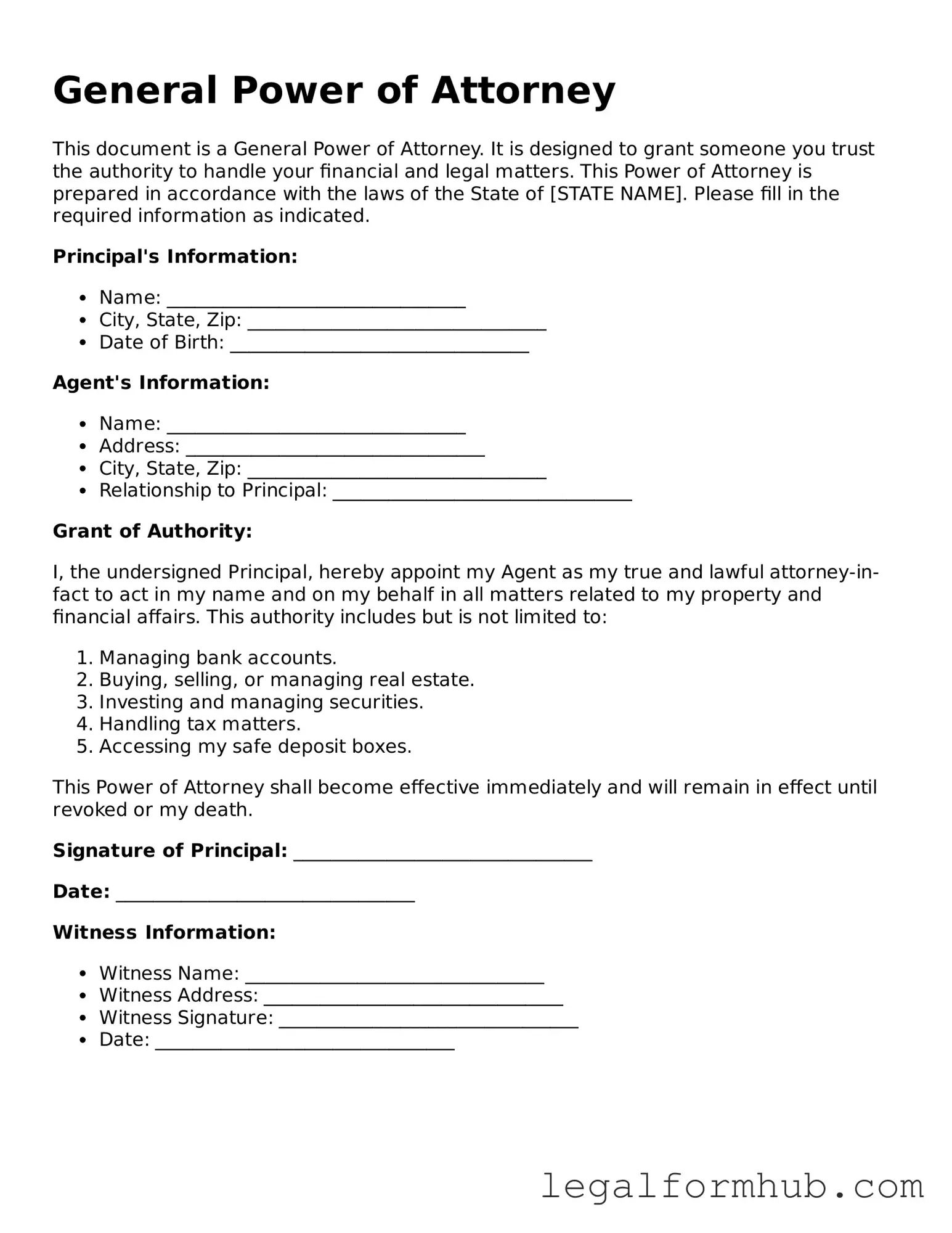The Healthcare Proxy is similar to a Power of Attorney in that it allows an individual to appoint someone to make medical decisions on their behalf. This document comes into play when a person is unable to communicate their wishes due to illness or incapacitation. Just like a Power of Attorney, a Healthcare Proxy ensures that a trusted person can act according to the individual’s preferences, ensuring their healthcare aligns with their values and desires.
The Living Will serves a related purpose by outlining an individual's wishes regarding medical treatment in situations where they cannot express their preferences. While a Power of Attorney grants authority to someone to make decisions, a Living Will specifies what those decisions should be in critical situations. Both documents work together to provide clarity and direction for healthcare providers and loved ones during difficult times.
The Advance Directive combines elements of both the Healthcare Proxy and the Living Will. It provides a comprehensive plan that includes appointing a healthcare agent and detailing treatment preferences. This document ensures that an individual’s medical care aligns with their wishes, even when they cannot voice them. Like the Power of Attorney, it empowers a designated person to act on behalf of the individual in medical matters.
If you are looking to establish a clear understanding between a landlord and tenant, our user-friendly resource on creating a crucial Lease Agreement can guide you through the necessary steps. Check out our informative guide on how to create an effective Lease Agreement template for your needs with this helpful resource.
The Trust is another document that bears similarities to a Power of Attorney, particularly in terms of managing assets. While a Power of Attorney allows someone to make decisions on behalf of another, a Trust holds and manages assets for the benefit of a designated person or group. Both documents can help in planning for the future and ensuring that a person’s wishes are honored, though they serve different purposes in asset management and decision-making.
